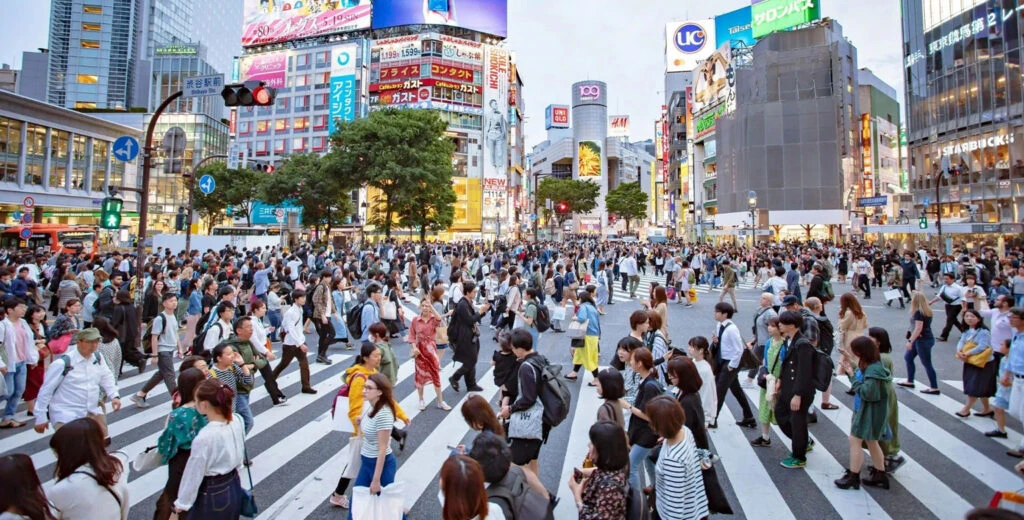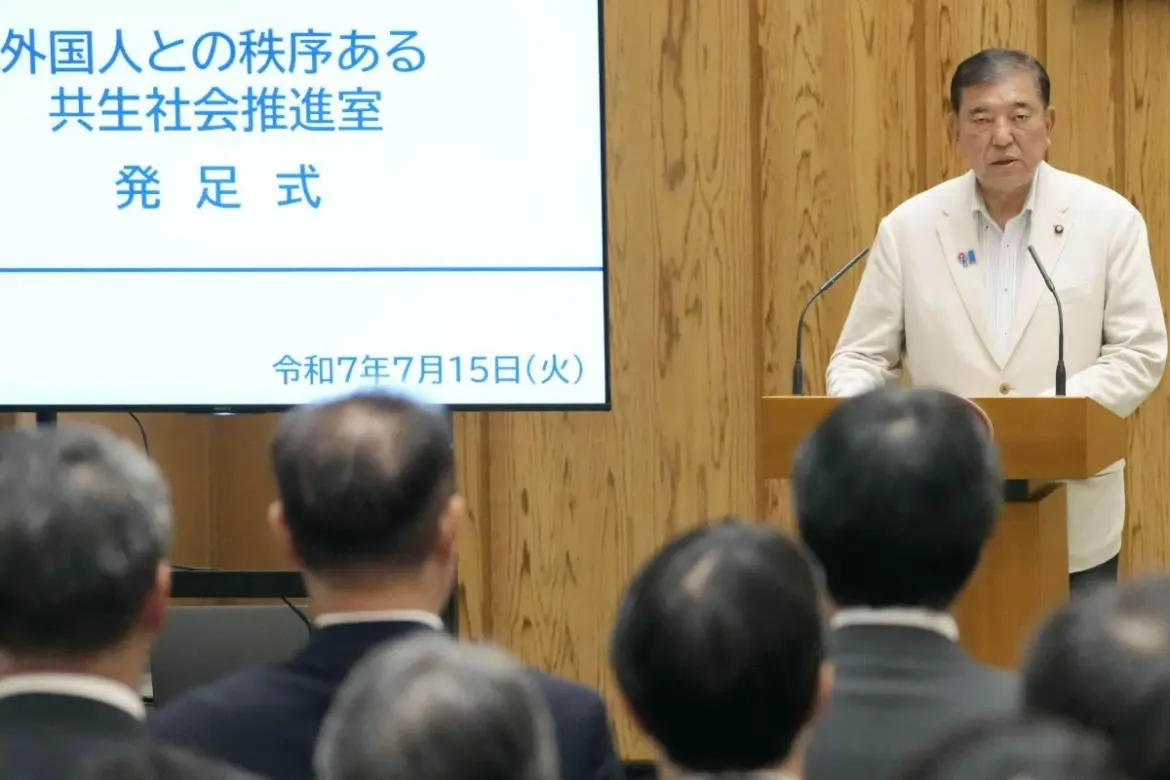Japan formally presented what would best be described as a “control tower” agency to combat the adverse effects of overtourism throughout the country.
While the new agency has yet to be named, it was formally presented to the public on Tuesday, 15th July, by Japanese Prime Minister Shigeru Ishiba ahead of the national elections scheduled on Sunday, 20th July.
According to Ishiba, the new agency is the government’s response to numerous concerns raised by citizens over the past several years regarding the massive surge in foreign arrivals which has, in turn, caused socio-economic and public safety issues.
The agency will have assistant chief cabinet secretary Wataru Sakata at the helm, supported by a 78-member staff that includes employees from Japan’s Immigration Services Agency.
During the launch, Ishiba said: “Crimes and disorderly conduct by some foreigners, as well as the inappropriate use of various administrative systems, have created a situation in which the public feels uneasy and cheated.”
That said, the new agency will be responsible for issues related to overtourism, particularly criminal activity or cultural transgressions committed by foreign nationals.

In this AFP shot, tourists head to the Lawson convenience store to snap photos of Mount Fuji
Aligned with proposed measures for a better coexistence with tourists
According to a report published by Asahi Shimbun, the creation of this agency comes in the wake of a proposal made back in June by the ruling Liberal Democratic Party (LDP) to maintain a homogenous population wherein there would be harmonious coexistence between locals and foreigners.
Among the measures outlined in the proposal were more stringent requirements for foreigners seeking to obtain drivers’ licences or purchasing real estate in the country.
This has been a galvanising point for many Japanese throughout the campaign period, given how public opinion shows how the Japanese First concept has helped boost the visibility of the minority populist party Sanseito to the detriment of the ruling LDP.
Also, the Sanseito isn’t the only party calling to curb the behaviour of foreign travellers in the country as the LDP’s primary rival, the Conservative Party of Japan (CPJ), has openly criticised the presence of foreigners in the country, regardless of whether these are tourists or employed and resident in Japan.
CPJ bloc leader Naoki Hyakuta went to extremes during a campaign rally on 6th July as he declared that foreigners actively disrespect Japanese culture, assault locals, steal their belongings, and have no regard at all for the country’s laws.

What exactly is Japan doing to combat overtourism?
But for all the posturing of Japanese politicians, what really matters is what the country is actively doing to combat overtourism from the national down to the grassroots level.
Indeed, per a report released by the World Economic Forum on 13th May of this year, prefectural and local government units throughout Japan have been working to mitigate the adverse impact of overtourism on their constituents, and their approaches could be of great help to other countries needing to rethink their own initiatives, including South Korea and Thailand.
Measures that have proven effective so far include:
Limiting access to key destinations or attractions
Remember the barrier that the local government and residents of Fujikawaguchiko put up to hide Mount Fuji from the greedy eyes of unruly tourists, or the ban imposed by the Kyoto city government preventing foreign travellers from entering the historic Gion District, both of which were implemented last year?
These are just two of a number of access limiting measures imposed by various towns, cities, and prefectures to keep tourists from cutting too closely into the lives of locals.
Such measures prevent trespassing onto private property, particularly offices or commercial establishments whose locations accord exceptional views of key landmarks, but to the detriment of those working on the premises as their tasks are disturbed by the need to shoo tourists off their premises.
These measures also help keep the citizenry safe, as in the case of the geisha and maiko of Gion who have needed to deal with being grabbed by tourists seeking to use them as “props” for selfies, as well as harassment in various forms.
Applications to show areas of congestion in popular areas
This was implemented in the island destination of Okinawa through the launch of Okimeguri which uses artificial intelligence (AI) to forecast which parts of the prefecture are particularly crowded or inundated with tourists, enabling locals to avoid traffic or find more convenient times in which to shop or do other errands without needing to deal with massive crowds of foreigners.
While reports are not delivered in real time, these have helped locals plan their day better as any contact with tourists is brought down significantly.
A similar measure is now in use in Hakodate City, and the service is augmented by digital signage at the city’s primary railway hub that shows real-time crowd data at its eight sattellite stations.
Increased support for lesser-known destinations throughout the country
Forget Kyoto, Osaka, and Tokyo: a number of prefectures in the country are boosting their tourism promotion efforts not only to reduce congestion in primary destinations, but also to showcase their own specific landmarks, cultural offerings, and specialities.
One significant campaign along these lines is that of the southern city of Kumamoto which has, over the past several years, made itself known as a major cruise destination thanks to its agreement with Royal Caribbean.
Thanks to sites like Kumamoto Port Yasushiro, its own prefectural mascot Kumamon, and the nautical Yasushiro Festival held in October, the area has become a noteworthy destination in its own right.
Other prefectures are taking a cue and have been using intellectual property in the form of whimsical mascots and related marketing collateral, as well as forging agreements with cruise lines, airlines, and railway companies to divert crowds to their locations, thus reducing congestion in more popular areas, boosting visibility, and bringing in much needed revenue.


AloJapan.com